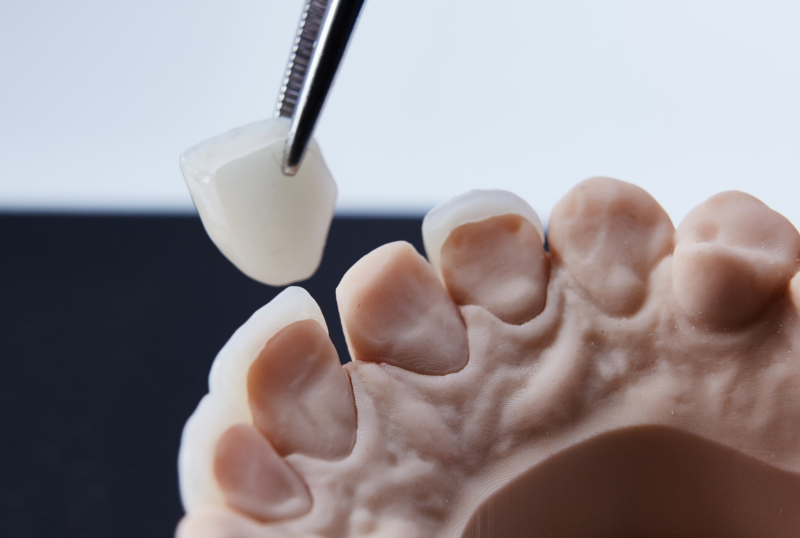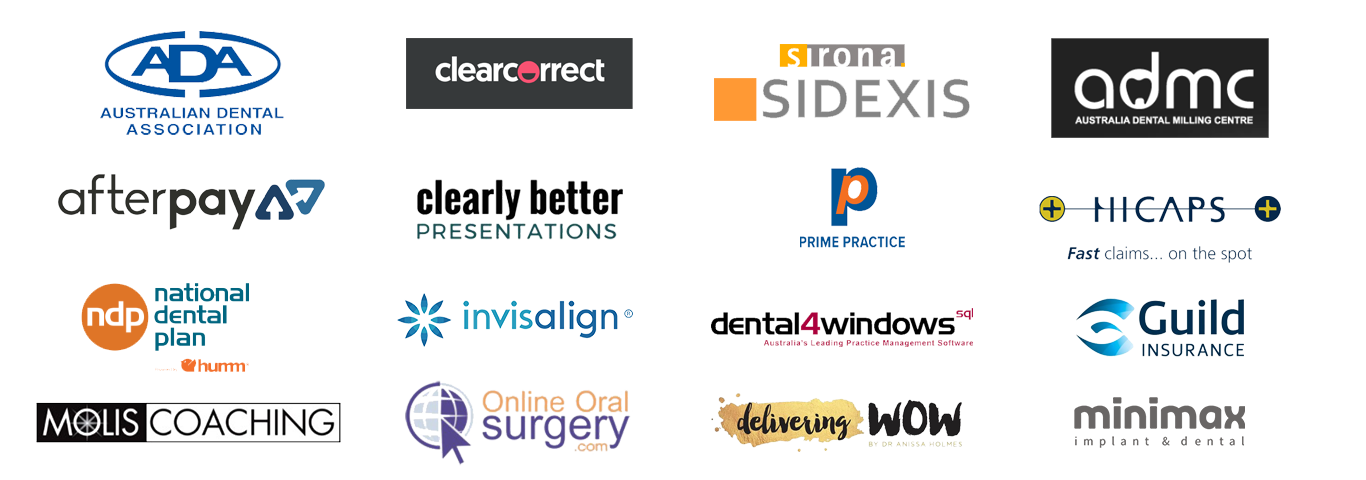It acts as a protective layer for your current tooth, making it invisible to see you are wearing crowns
If you’re not certain about what your new crown should look like, we have a digital program that allows you to virtually “try on” the restoration before we start treatment
When teeth start to break down, they need to be protected with a special cover to prevent any more damage
Crowns (sometimes called “caps”) are special restorations that restore broken or decaying teeth when a filling isn’t adequate
We undertake extensive preparations ensuring you are ready for your dental crown and bridges procedure
Perfect yourself now, pay later! We have many payment plan options available for you to make it easier for you
Dental crown & bridges cases
To Choose Us

A crown or ‘cap’ is a protective restoration that fits over your tooth similar to a thimble on your finger. The crown covers the tooth up to the gum lines, protecting it from every direction. Since it encases the entire tooth, crowns helps hold weaker structures together, safeguarding them against further breakage.

Getting a crown requires two phases of treatment: the prep and the final placement. During your initial visit, we’ll numb the tooth and gently remove the damaged portions. Next, the tooth is prepped to allow a crown room to slip over it, then we take an impression and send it to our lab.
You’ll wear a temporary crown while the permanent one is being designed. About two weeks later, you’ll return to have Dr Chung remove the temporary and affix the permanent one into place.
Either end of a dental bridge is essentially a functional crown. The restoration fits over the prepped tooth or implant, depending on the circumstances. Like a crown procedure, getting a dental bridge typically requires two appointments about two weeks apart. The first visit will involve prepping your teeth and taking an impression. We will send the moulds to our lab, where your permanent bridge is handcrafted to our specifications. Most are made from durable ceramics, which blend in nicely with your surrounding teeth.

Bridges provide a fixed, secure restoration for missing teeth. There are no removable parts. The majority of dental bridges are supported by teeth, as long as they are healthy. But if you have more than 2-3 missing teeth, you can bypass the need for a partial by having your bridge anchored onto a pair of dental implants.
Dr Mark Chung (Dentist) usually recommends crowns when:
- Over 60% a tooth has an older filling that is breaking apart
- You’ve recently had root canal treatment
- There is severe wear or enamel erosion
- A veneer is not appropriate
- You have aggressive tooth decay
- Dental implants replace individually missing teeth

For the first day or two after your crown placement, avoid biting into anything too hard or chewy. Although the cement is mostly set, we want to be sure that the bond is fully cured before you get back to your normal diet.
We’ll check the fit of your crown at the time it’s placed, but if you start to notice any areas that feel high or hit before the rest of your teeth, let Dr Chung know. We can easily adjust it so that the bite feels completely even.
Be sure to thoroughly brush and floss around your crown daily, as the margins can accumulate buildup. Gentle flossing will not dislodge your cap; be sure to never force the floss out but slide it through your teeth if it ever feels stuck.
Do you tend to clench your teeth? Ask about getting fitted with a night guard to prevent any damage to your new restoration.
Book a scale and clean every six months to have your crown evaluated.





Affiliations
